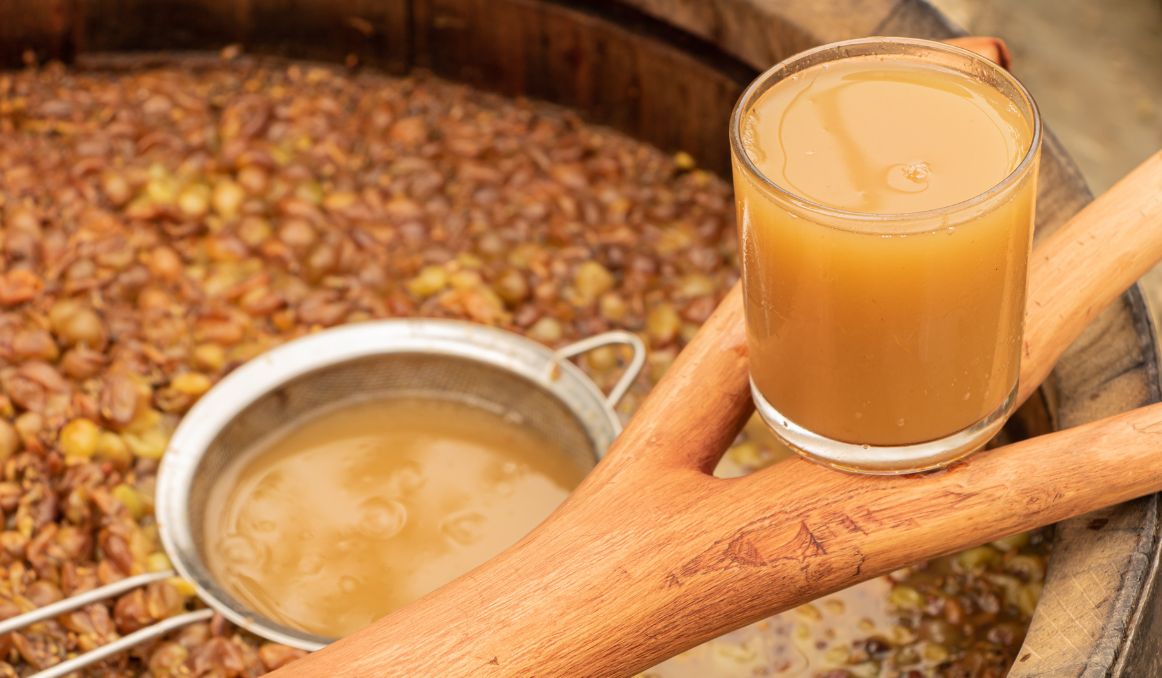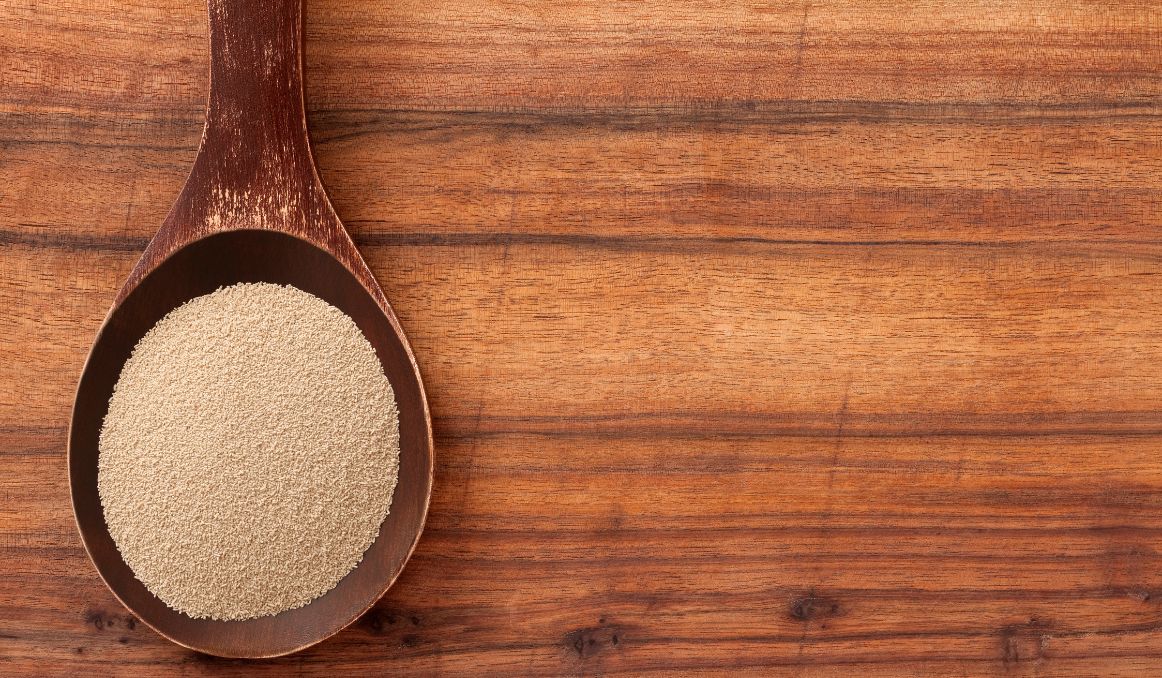Yeast to Wine Ratio: Top Tips on Usage
When it comes to making wine, the process can be super simple, and we humans can also make it super complex. In the end, it all depends on the end result you’re aiming for, but making wine does not always have to be difficult or confusing. A few easy steps, and minimal equipment, are all you need to get from grapes to wine. Things can get, of course, a bit more complicated if you’re producing wine commercially and you’re aiming at top quality and consistency.
The yeast to wine ratio may in fact be the most complicated part of the whole process, and even at its most in depth, it’s still pretty basic.
Wine: The Nectar of the Gods

There is a reason that the Greek and Roman gods did not contain a god of beer, but they did indeed have a much revered, much adored, and much celebrated god of wine.
Dionysus, in Greece, and Bacchus, in Rome, was the god who brought wine to the people.
Beer, though widely loved, did not get its own god. At least not that anyone talks about. You never hear about Silenus. And though the Norse loved their beer, or mead, for sure, Odin, the all father and considered the head of all the gods, drank only wine.
It seems at least one of the reasons for this intense celebration of wine over beer must be its simplicity.
Wine could almost make itself.
Indeed, for animals, it basically does.
The Simplicity of Wine
Anthropologists discovered monkeys in widespread regions that have found variations on making their own wine. In one group, the monkeys will either allow fruit to sit on the vine or on its tree or they will pick the fruit and then set it aside while it gets overripe. Then, as nature takes its course, the fruit ferments in its own juices and the monkeys have a form of wine to drink.
It really is that simple.
For millennia, winemakers would choose the most delicious grapes, pluck them, crush them, and then simply allow them to sit. Yeast comes along and gets right to work consuming all the delectable sugars in the grape juice (must) and converting those sugars to alcohol and carbon dioxide.
With beer, the grain – barley, wheat, or oats – must be malted or roasted before boiling and steeping in order to convert the starches in the grain to sugars for the yeast to consume.
With wine, the sugars are already naturally occurring, and the grapes don’t even need to be boiled to release those sugars into the water. The grapes make their own juice.
The trickiest part is relying on the yeast to attract to the sugars and get to work.
It was only recently, less than two hundred years, that winemakers had access to commercially produced yeast they could add to their must to refine and perfect the process of fermentation.
But it is highly likely that the vintners from hundreds of years ago would balk at the idea that there was anything to improve upon.
Yeast to Wine Ratio
And here’s the thing to remember about yeast: it knows what to do on its own. It has been functioning in the wild since the beginning of life as we know it.
No, really.
Yeast is a fungus, and fungi are actually the oldest living organisms on earth.
Yeast is a single celled, eukaryotic living organisms that can reproduce both sexually or asexually. It really can do it all. It is everywhere on earth and, depending on the strain, can survive in most atmospheres. In fact, when it does get too cold, it will simply lie dormant. Most strains will die off in extreme heat, however.
Yeast dies at about 130 to 140 degrees Fahrenheit.
So, if it is cooler than that in your environment, there is definitely some yeast hanging around, on your countertops, on your sofa, in the air, and yes, on your skin.
Yeast is also the only way to ferment. If we lost all yeast today, we would have no way to make any more alcohol, yogurt, kombucha, or pickles.
That would be a sad life.
So, how much yeast do you need to make wine?

Remember, if you’re making wine at home or in experimentation mode, you can always go the old school route and simply leave your must open to the air, covered with a cheesecloth to prevent bugs and other solid contaminants from entering, and allow nature to take its course. You’ll likely see active bubbling within two days.
After that, you can simply wait until the bubbling stops, usually a few days to a couple of weeks after that, and then you can sift off the flocculated yeast and try your slightly fizzy wine.
If you want to go the commercial route, the general rule of thumb is 1 gram of yeast per 1 gallon of grape juice (must).
Now here’s the trick with the commercial route: you never know what you’re going to get in terms of cell count and viability. Whereas with wild yeast, you clearly have viable, vital, live and active yeast cells getting to work, with commercial yeast, you may get yeast that arrives with only 50 percent of the yeast live and active. Or less!
Thus, while the 1 gram of yeast per 1 gallon of must is an ideal ratio, you also want to be sure you’re using reliable equipment to measure your cell count and your viability.
Of course, at home, going over or under by a bit won’t make much of a difference as yeast reproduce to ferment at a steady rate.
Too much or too little yeast
In general, there is no real “danger” of adding too much yeast as any extra hungry yeast without sugar to feed on will simply die off. Though you may end up with a particularly yeasty tasting batch of wine, which is not ideal for commercial production, when you’re aiming at consistency.
And the only “danger” of adding too little yeast is that the yeast will be overwhelmed by the sugar and stagnate, at which point you will need to repitch with a live and active yeast to get your batch going. Again, stagnation, stuck fermentation, can be a real headache if you’re producing your wine for others to purchase.
To be clear, much more critical than worrying about being precise in your measurement of the yeast to wine ratio is whether your yeast is alive and active, and how many vital yeast cells you actually have in your package, if you go the commercial route. In this case, you’ll want to ensure you have the equipment to make those calculations.
In the end, the joy of venturing into something like wine making is the experimentation and exploration part.
So don’t forget to have fun. After all, Dionysus is watching.
Cheers!
Passionate about the beer and/or wine making process? So are we! If you’re interested in finding out how you can use our technology to control fermentation and monitor your yeast, save work hours and improve the cost-efficiency of your business, drop us a line at [email protected] or check out our product pages:
- Oculyze BB 2.0 (Better Brewing) Yeast Cell Counter App + Hardware
- Oculyze FW (Fermentation Wine) Yeast Cell Counter App + Hardware
Also, you can now get access to a fully functional demo account to test our Web App. Completely free of charge and with no commitment to purchase.
Sources:
- http://passionforthepint.com/how-long-does-fermentation-take-to-start/
- https://www.fao.org/3/x0560e/x0560e08.htm
Never miss a beat and get real time updates with a new article each workday by subscribing our social media channels.
Instagram | Facebook | Twitter | YouTube


